Tugs are ancient. Thousands of years ago, the Egyptians used oared vessels to pull barges on the Nile. Until the invention of the steam engine, any vessel which needed to be moved against wind or tide would be pulled, usually by boats but potentially from ashore or by an anchor. The first operational steamships were tugs. Particularly in the early days, when steam engines were far too fuel-hungry to be practical on their own on any but the shortest routes, steam tugs were prized for their greater power and economy relative to rowing. Some were even used in the open sea, most notably in the runup to the Battle of Cape St. Vincent during the Portuguese Liberal Wars. Charles Napier, commanding the Liberal fleet, planned to use his tugs to bring his fleet into position, but the tugs either refused or were contractually forbidden from doing so depending on which account you believe.1
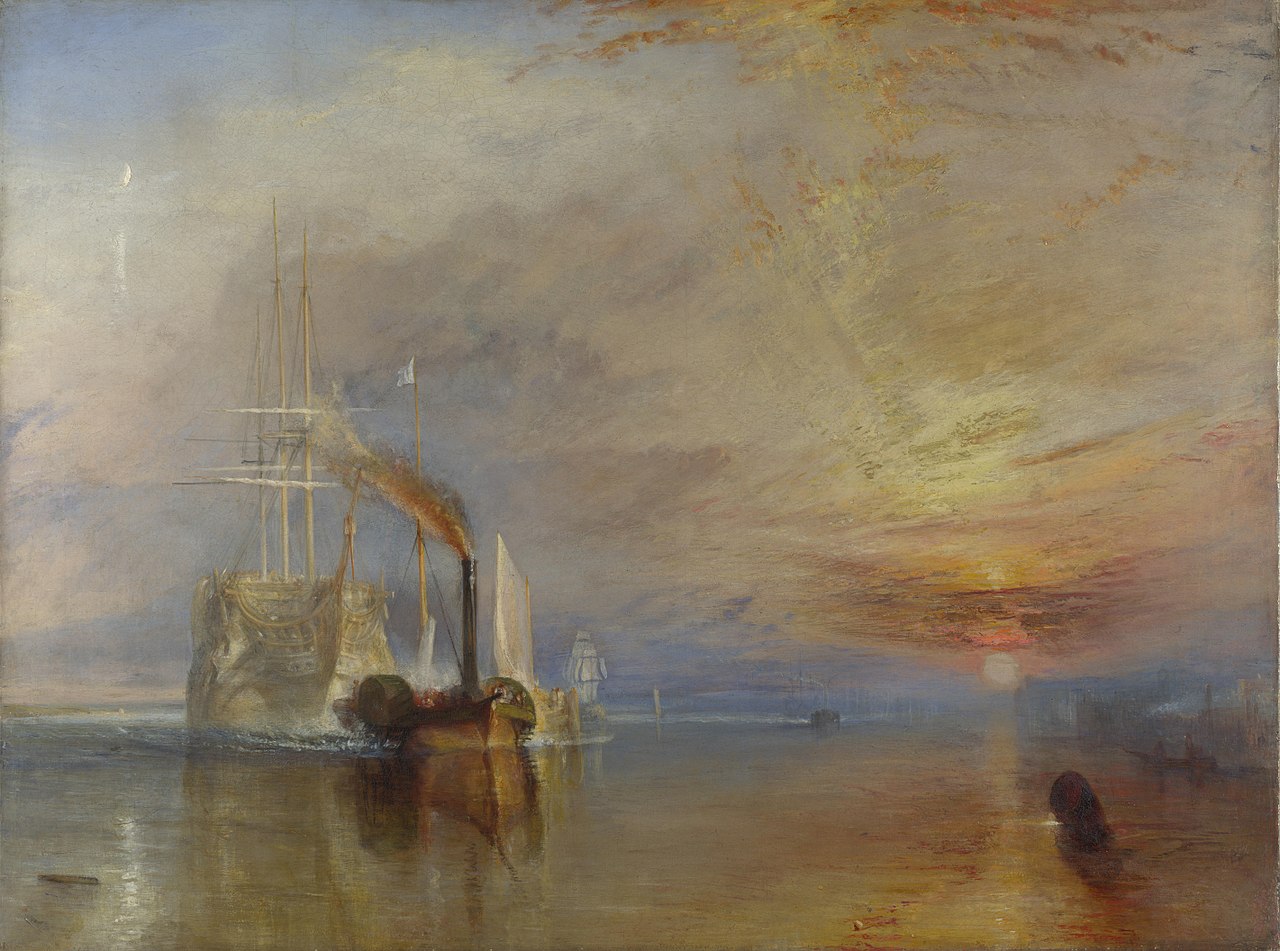
Many of these early tugs were incredibly primitive. An example is 1833's Monarch, featured in Turner's famous painting The Fighting Temeraire. Her engine provided only 20 hp to her paddle wheels, which were fixed to act in unison. This made her difficult to turn, and the process involved shifting iron ballast from side to side on rails to immerse one or the other wheel more deeply.2 Later paddle tugs could turn their paddles in different directions, giving excellent maneuverability, although developments in the design of screw propellers meant that most operators began to abandon them around 1900. A few operators, such as the Royal Navy, continued to use them, and the last RN paddle tug, Forceful, wasn't retired until 1980.
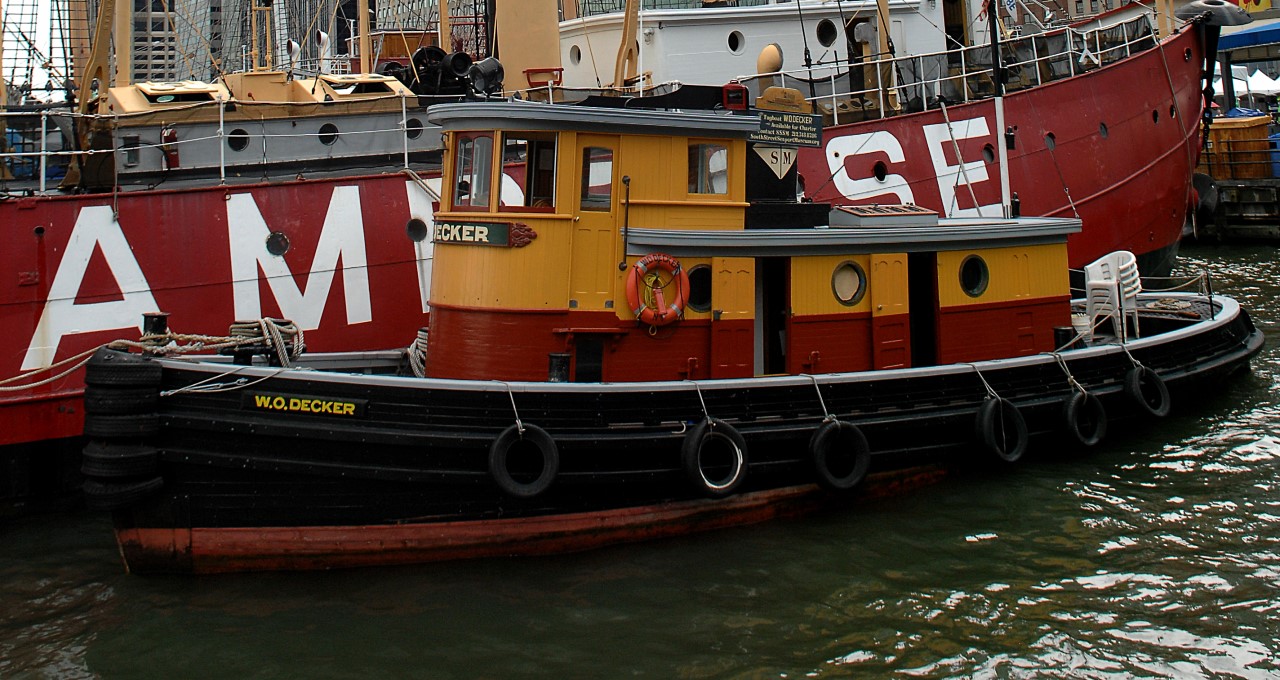
American harbor tug W. O. Decker
By the turn of the century, a typical harbor tug had 600-1000 hp, although the standard configuration was different on opposite sides of the Atlantic. American tugs had a large deckhouse with a rounded front and the towing hook well aft, while European tugs had a small deckhouse with the hook amidships. These basic shapes lasted until after WWII, although there were continual developments in engines and stability, a particular necessity in tugs. If the towing line ended up pulling from the side instead of from behind, the tug could easily be pulled over and capsize. The first big development was in the 1930s, when diesels began to be introduced, replacing steam. They were able to throttle much faster than steam engines, as well as requiring fewer crew to operate them and less maintenance.
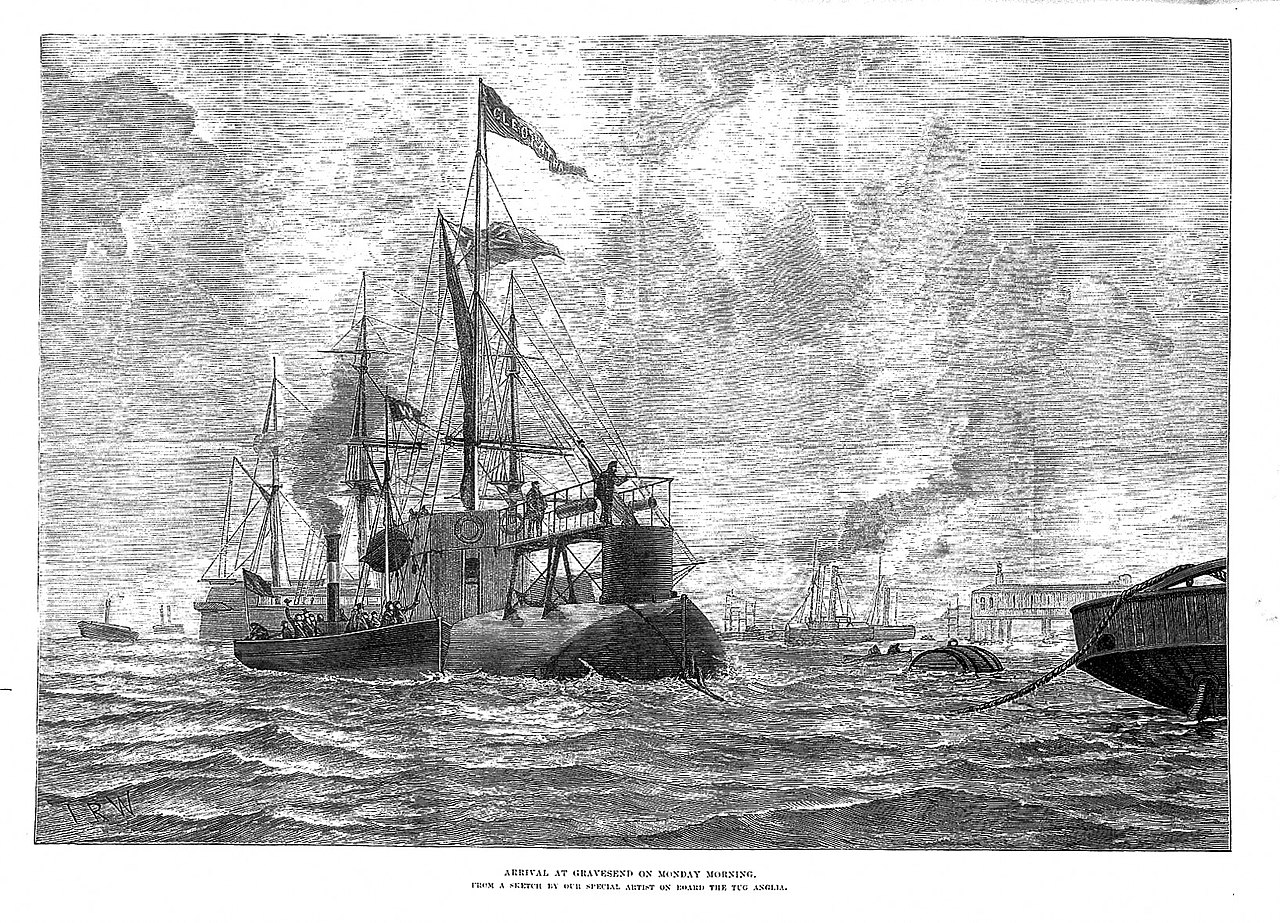
Cleopatra's Needle under tow
But not every tug spent its career moving ships around in harbor. As trade expanded worldwide, ships inevitably broke down in awkward locations and large loads needed to be moved to places without proper port facilities. The seagoing tugs developed to meet these needs were larger and more powerful than the harbor tugs. One notable early tow was when Cleopatra's Needle, an ancient Egyptian obelisk, was moved from Egypt to London in 1877. It was sealed in a giant iron cylinder, which was then towed to London. Along the way, there was a major mishap when the cylinder became unstable and was almost lost at sea, but it was eventually brought into a Spanish port and finally towed into London.
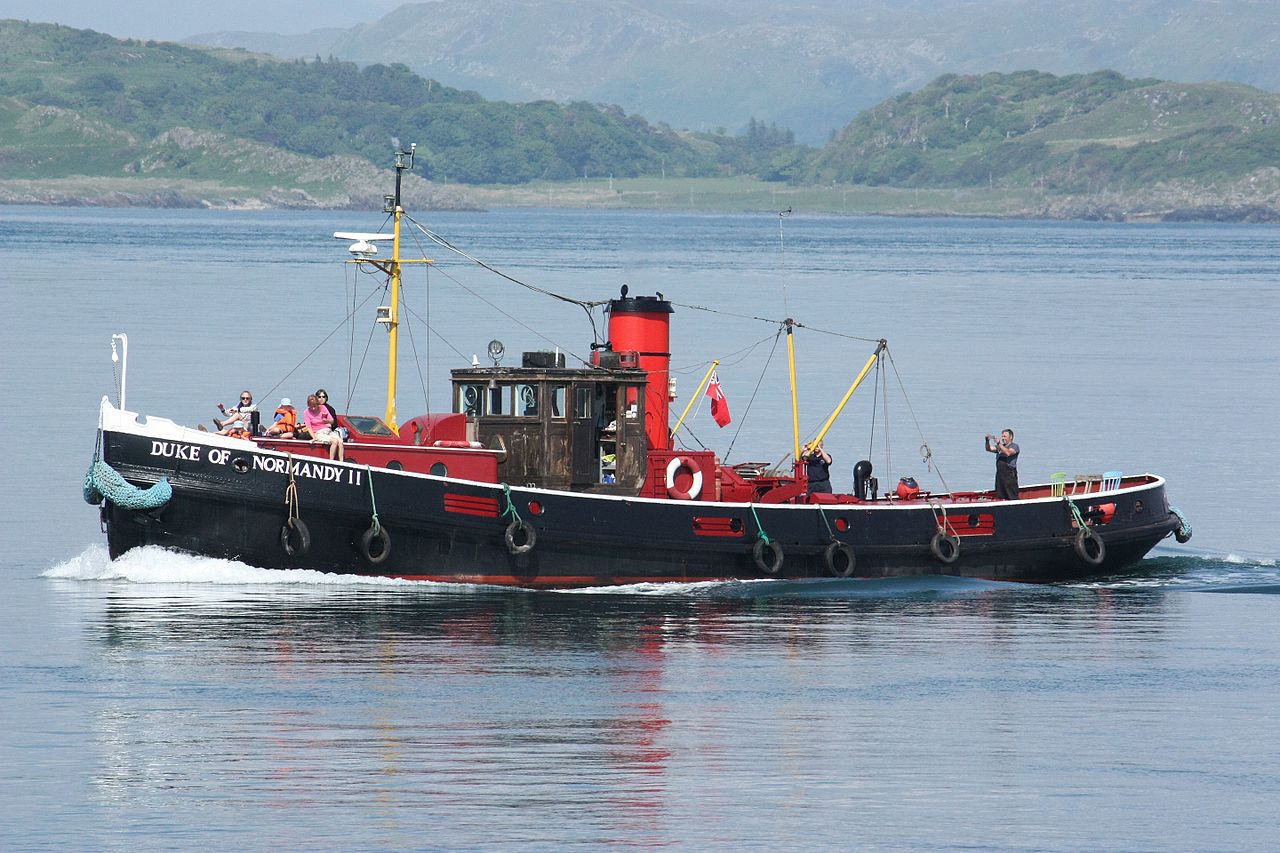
British harbor tug Duke of Normandy
The largest players in the deep-sea towing industry were the Dutch. Firms like Smit and Wijsmuller used their experience towing dredging equipment worldwide to displace the British as the go-to for moving equipment like floating drydocks, as well as the closely related business of salvage. This could mean anything from towing a ship with engine problems to a safe port for repairs to pulling a beached vessel off a reef. Tugs were also expected to provide equipment and supplies for other salvage roles, like firefighting and refloating sunken vessels. Tugs became even more important in wartime, as damaged ships multiplied, and governments built vast fleets.
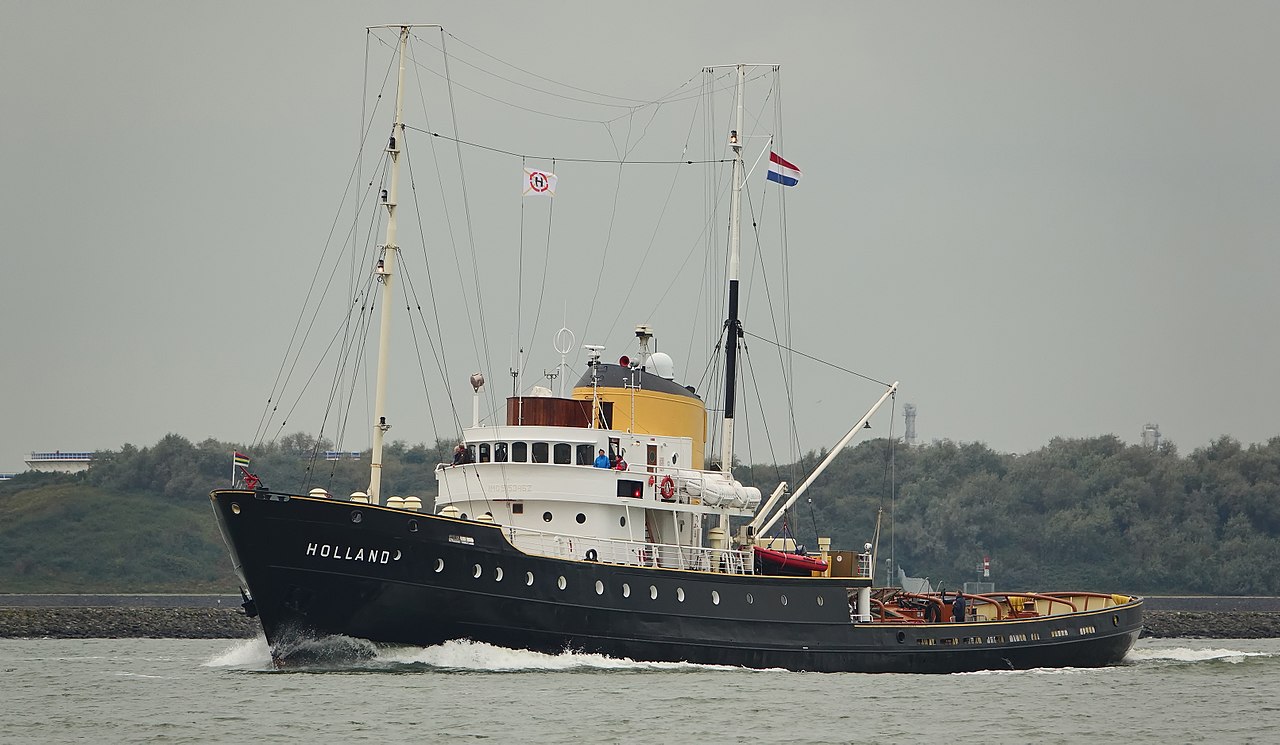
Dutch salvage tug Holland
In the interwar years, various salvage companies began placing tugs on station in areas where ships often found themselves in trouble, at first off Holland in the southern North Sea, but later at locations ranging from the Azores to the Strait of Malacca. The spread of radio allowed ships in distress to call the tug and have it arrive quickly. However, on-station tugs were expensive, and salvage traditionally ran on a no-cure, no-pay rules, so even a skilled crew might not get paid if the ship sank under them. During this era, there was also a horsepower race among tug owners, most of whom began counting every motor on the tug, not just the main engine. To solve this problem, the measurement was changed to bollard pull, the amount of force a tug could exert on a stationary object, a standard that persists to this day. Diesels became common on oceangoing tugs during the 1930s, for similar reasons to their popularity in harbor tugs.
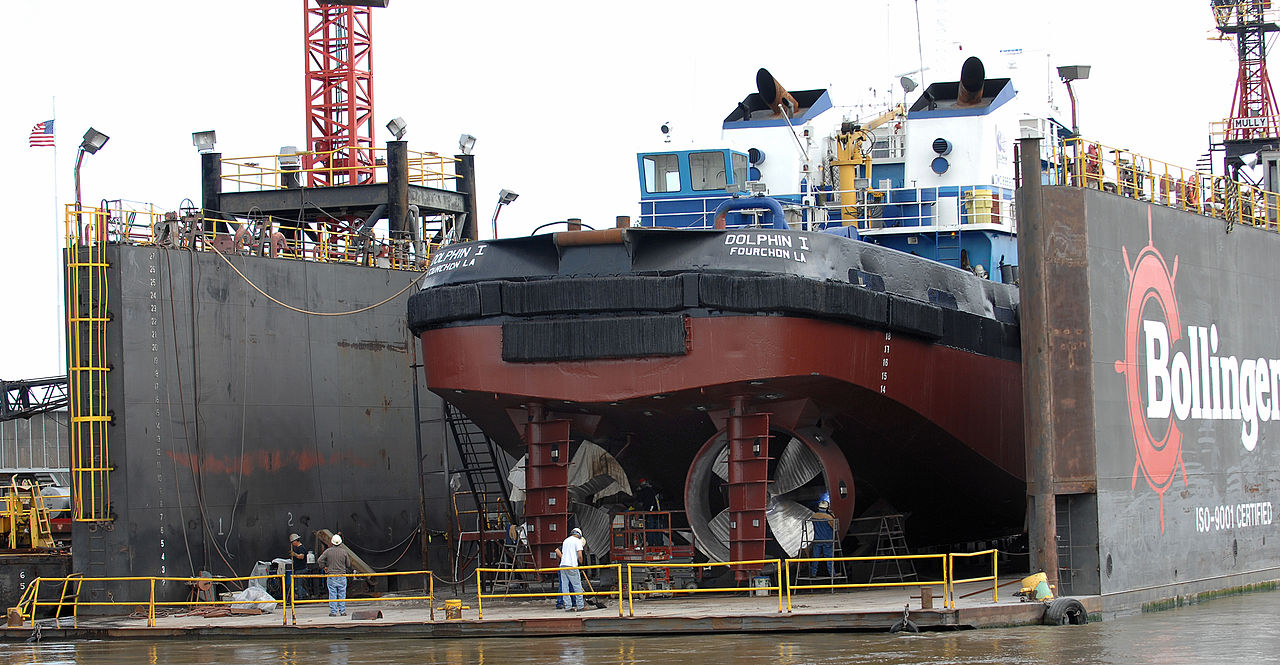
Tugboat Dolphin I, with Kort Nozzles, one of which has had its shroud removed
There were other engineering developments in that era, most notably the Kort Nozzle. This was a duct around the propeller that improved thrust at low speeds, particularly for the kind of heavily-loaded screws common in harbor tugs. To improve maneuverability, the rudder was usually placed directly behind the nozzle, where the wash allowed it to be effective even when the tug was nearly stationary. But tugs often need to apply thrust in any direction, and two solutions were found. The simpler of the two is the azimuth thruster, a propeller pod mounted on a vertical shaft that can be turned to any angle. Technically more interesting is the Voith Schneider Propeller, a series of airfoil blades mounted vertically in a circle. As they spin, the angle of each blade is changed. Across half the circumference, the blade is feathered, while the other half has the blade producing thrust. By altering these areas, the direction of thrust can be changed almost instantly, and vessels fitted with these systems can move in any direction. They're usually mounted in pairs, which also gives incredible maneuverability.3
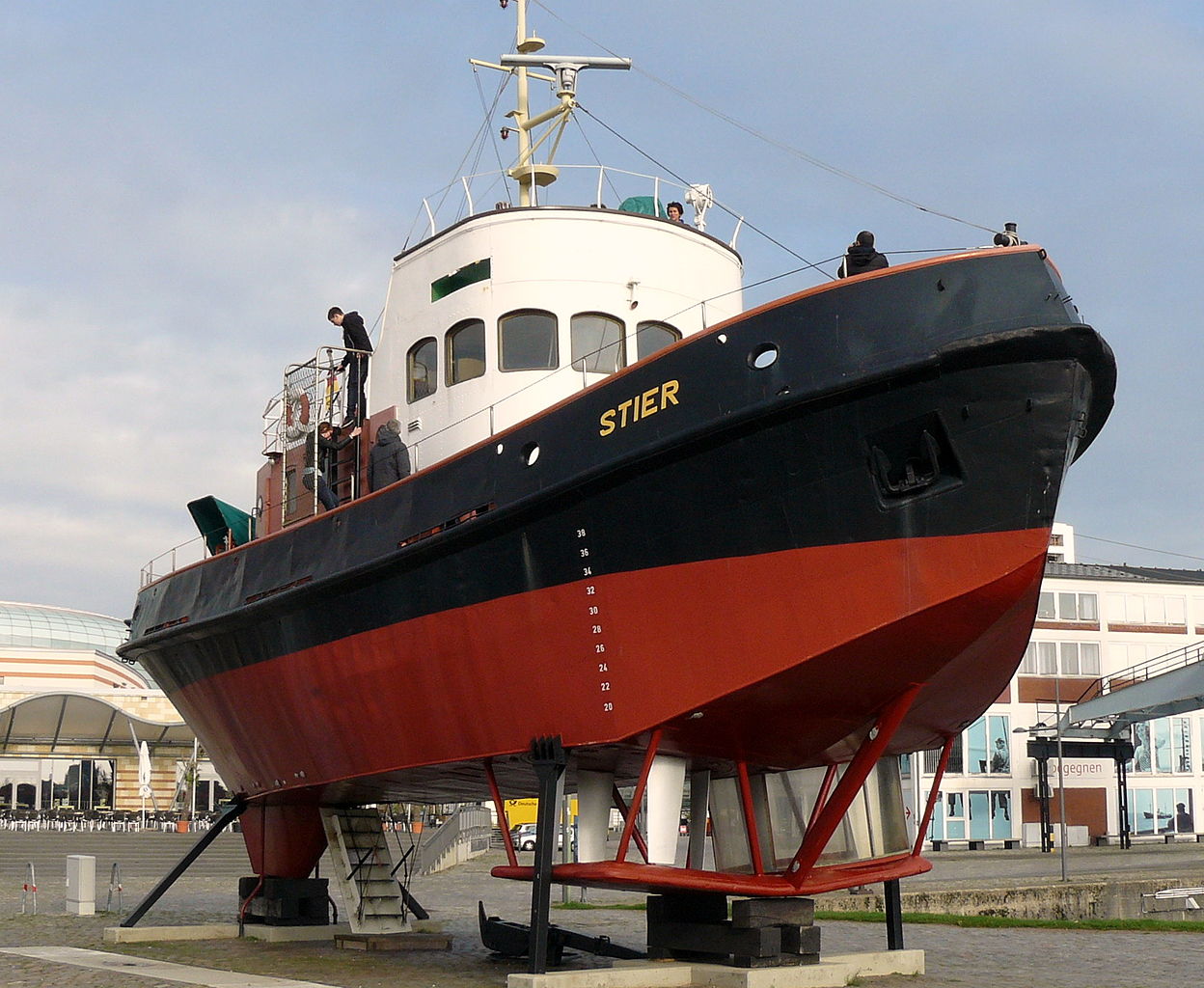
Tug Bremerhaven, with Voith Schneider propellers
After WWII, the growth of merchant ships, particularly oil tankers, meant that oceangoing tugs had to grow, too. Horsepower figures went from a few thousand, common during WWII, to over 10,000. But in the 1970s, better navigational aids and radar meant that there was a sharp drop in the maritime casualties that were the salvage firm's bread and butter. As a result, the specialized salvage tug fleets began to shrink, particularly as the alternate towing business was largely taken over by the new heavy-lift ships. Today, salvage firms usually charter the vessels that they need from others, usually those involved in offshore work like oil fields. We'll take a look at those ships next time. But getting a salvage firm out takes time, and the risk of environmental damage from a disaster has led to many European governments operating small fleets of emergency tow vessels to keep distressed ships safe until the salvage team arrives.
1 The first is the usual version, while the second comes from D.K. Brown's Before the Ironclad. ⇑
2 I suspect that this was necessary because rudders tend to be ineffective at low speed, so ships have to steer with their engines. The problem was undoubtedly made worse by the poor understanding of hydrodynamics of the time. Even today, it's not unheard of for ships to end up with their rudders ineffective at certain speeds thanks to rudders ending up in a "bubble" that moves at the same speed as the ship. ⇑
3 Iowa was right next to the LA port fire station, and the fireboats, equipped with some kind of omnidirectional propulsion system, would often go past us sideways, just for fun. ⇑

Comments
One thing I found interesting is that the United States doesn't seem to maintain a fleet of emergency tow vessels. After a cursory look at the Coast Guard's procedures around emergency towing, it seems like the US' position is that there are enough private tugboat operators in the areas where emergency towing is likely to be required, so the Coast Guard can contract with them on an as-needed basis when a ship runs into trouble.
@quanticle:
The USN has some in the form of the POWHATAN-class fleet tugs, three still in service with the MSC (although my understanding is the SAFEGUARD-class are more than capable of doing emergency towing as well). They have a replacement coming up in the new NAVAJO.
But yeah, closer to American shores, there are tons of companies that can do this so there's enough excess capacity that it's unlikely to not be able. Plus I doubt the Big Tug Racket would want the government cutting into its profits.
I suspect a lot of it just has to do with the nature of the US coastline, too. The North Sea is a nasty piece of water, and there's a lot of traffic through it, including oil tankers (which are ecological time bombs). The US oil trade mostly goes through waters which are a lot less dangerous (most notably the Gulf of Mexico). So there's less reason to need tugs in the first place, and, yes, more tugs.
I don't think the MSC tugs play into it. If one's available it might get tasked, but they have naval missions to do.
I got to take the Stem To Stern tour of a cruise ship once (which included letting us into the engineering control room, much to the well-concealed dismay of the engineering staff and security).
Almost all cruise ships use azipods (or knockoffs, but the ones I'm familiar with use actual Azipod(tm) units) and bow thrusters, so they basically come slowly next to the pier and then slide sideways against it. They can (and do, occasionally) do 360s on a point, and while tugs are almost always standing by during port maneuvers, they have never been used in any evolution I've observed.
That is the only thing on a normal cruise ship that I'd be really interested to do. Yeah, azipods are common in cruise ships, and I think some other ships that dock a lot, but I wasn't trying to get into details with that here.
Azipods and Kort Nozzles appeared to me to be related developments; same design optimized for different performance envelopes, no?
Our tour started in the bridge, went down to the bow theater, then basically down Broadway in the crew areas (Called I-95 since she was Miami-based) looking in on various crew-serving spaces, then into the engineering spaces, and ended up in one of the kitchens. (Then a nice lunch).
I'll have to see if I've got the pics someplace I wouldn't mind sharing publicly.
Not really. Kort nozzles are ducted and usually fixed, while azipods in particular are unducted. Azipods are a specific brand of azimuthal thrusters which has become generic for the type.
If you have pics you'd be willing to share, I'd love to see them.